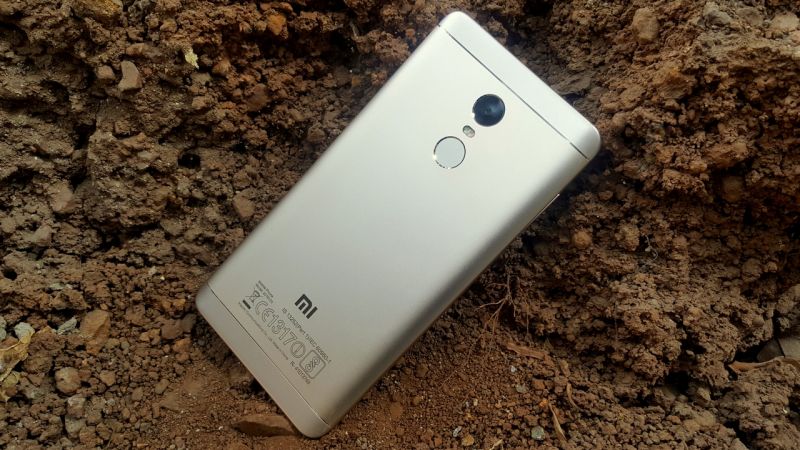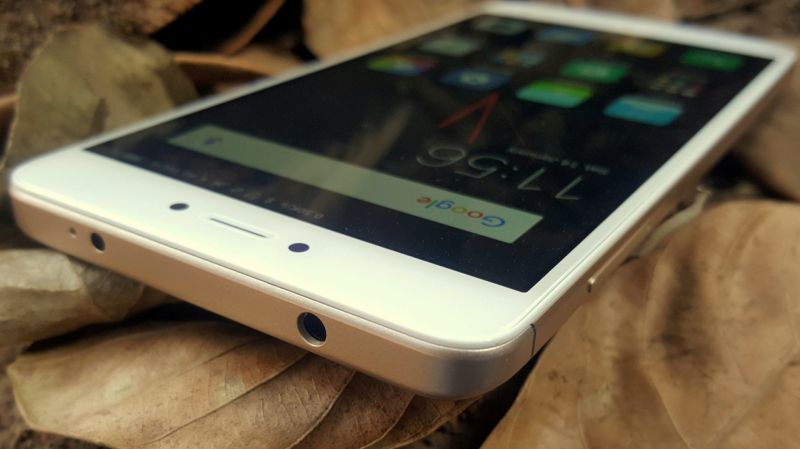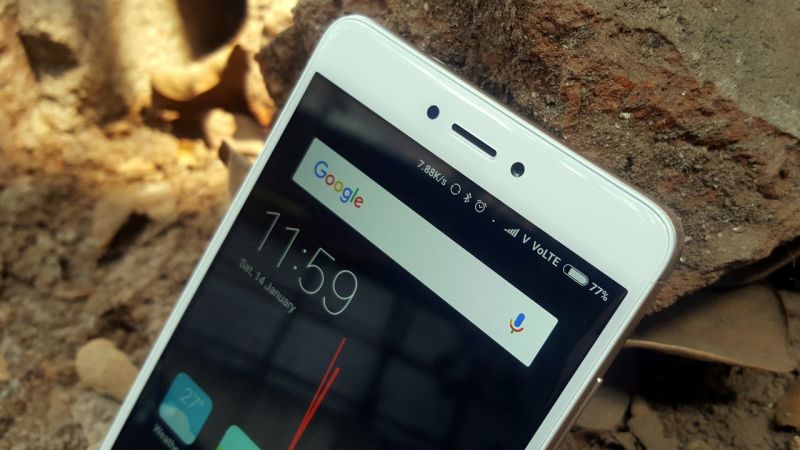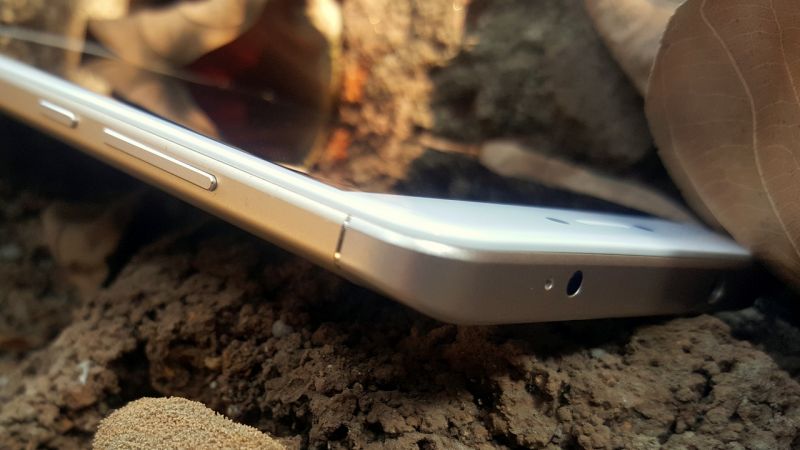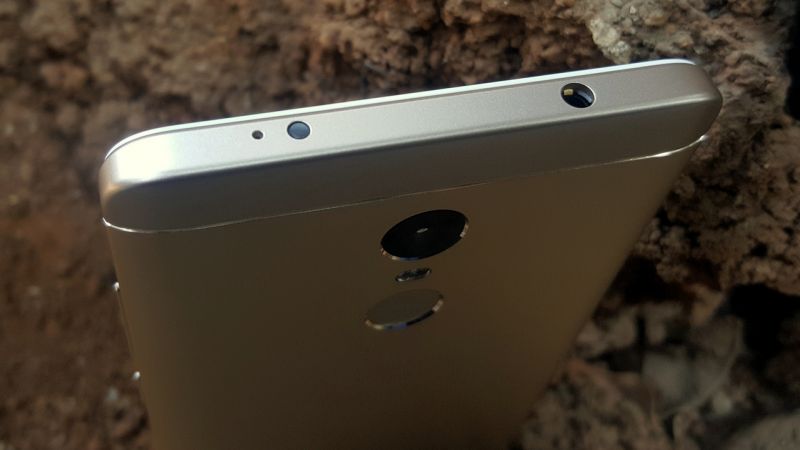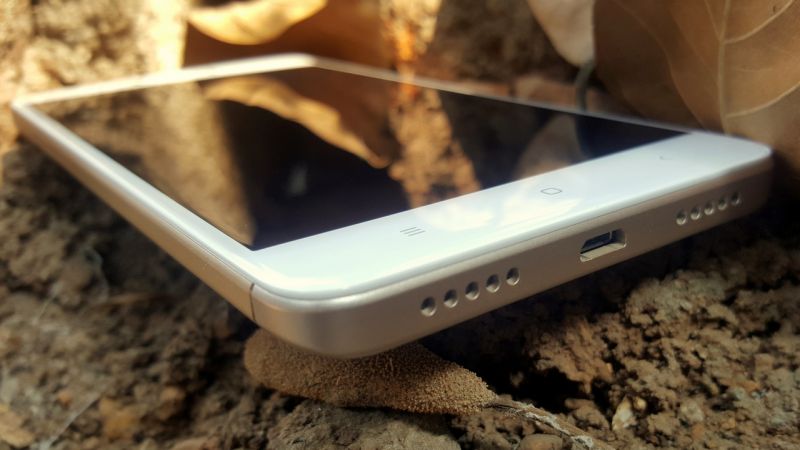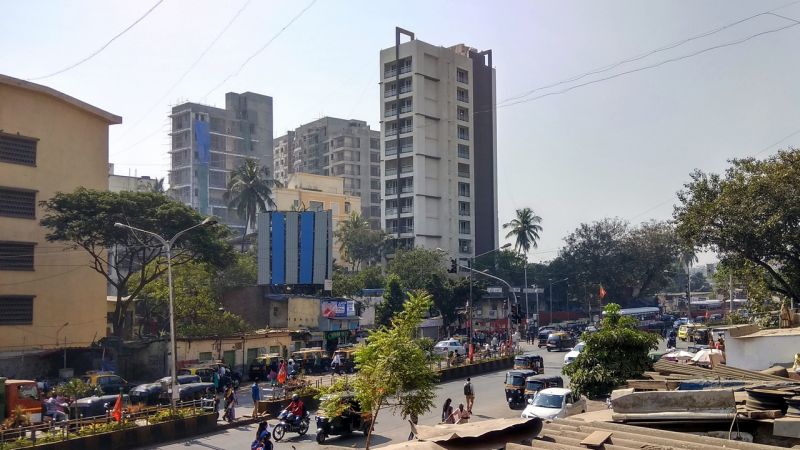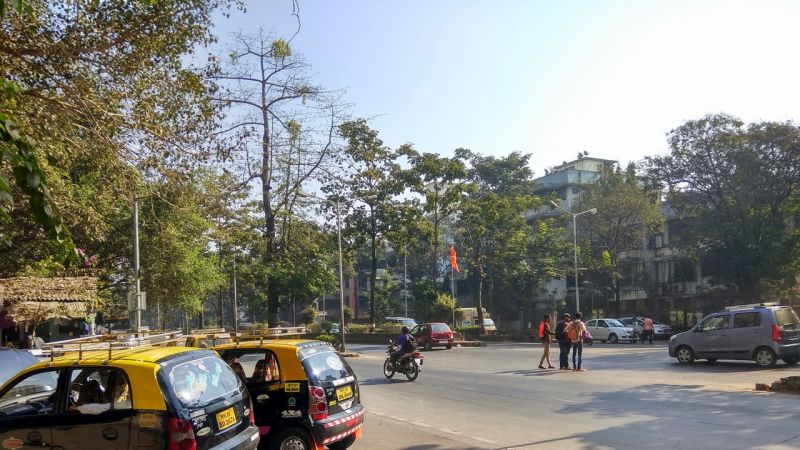Xiaomi Redmi Note 4 review: A smartphone for power users
The new entrant will compete with rivals in the mid-range section with a power-efficient processor, higher RAM and a larger battery.
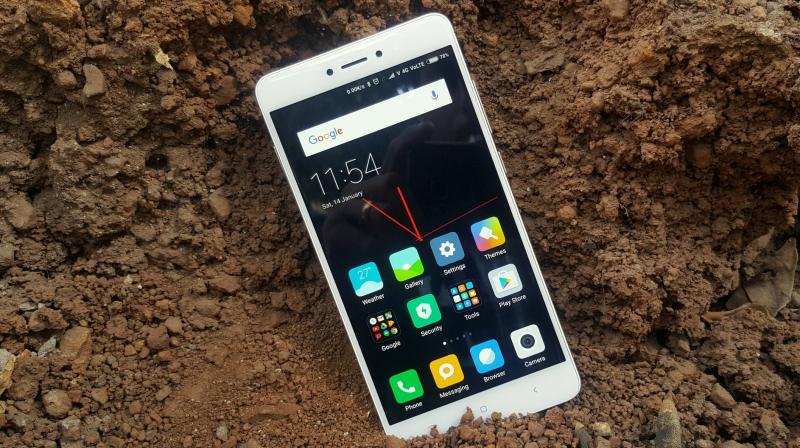
Xiaomi has been the talk of the town ever since they entered India two years ago with their first flagship, the Mi 3. Little did they know that the fan following in the continent was unexpectedly high, the Mi 3 took the Indian smartphone market by a huge surprise. Post the Mi 3 success, Xiaomi has been shaking up the industry with high-end devices on a budget-like price, giving the common man an opportunity to experience premium smartphones for a fraction of the cost. Presently, the Redmi Note 3 is the highest selling budget smartphone from Xiaomi, and now the Chinese tech giant has brought in its successor, the power-friendly Redmi Note 4.
Don’t be mistaken with the Redmi Note 4 presently selling in China — unlike the Chinese variant running a deca-core Mediatek chipset, the one retailing in India is powered by a Snapdragon engine (the brand still has its tiffs with Mediatek in India due to some ongoing patent disputes). However, the design marginally identical to the Chinese one, and the major difference is the processor.
The Xiaomi Redmi Note 4 sports a 5.5-inch full HD IPS display panel with a scratch resistant tough 2.5-D glass protection, which the company refrains from informing who the manufacturer is. However, Xiaomi claims that the protective glass is as efficient as the Corning competitor, and hence you won’t be disappointed. The powerhouse inside the RN4 is a Qualcomm Snapdragon 625 SoC, highly known and tested for its efficiency in both performance and battery life. Clubbed with an Adreno 506 GPU and 4GB of RAM, the Redmi Note 4 is a great Android smartphone for use as a daily driver.
The Redmi Note 4 will be catered to the Indian consumers in three different RAM/storage variants — 2GB/32GB, 3GB/32GB and 4GB/64GB. While the price difference between the three won’t be as much, we would definitely recommend opting for the 4GB/64GB. This will ensure you can make the most of the device in both performance as well as storage requirements. You anyways will see a hybrid SIM slot for storage expansion on all three variants, which can add another 128GB to its existing storage.
Moving on, the smartphone features a 13MP primary camera with a wide f/2.0 aperture for superior performance. Xiaomi claims that the Redmi Note 4 has been especially engineered on the camera front for better photography. The front camera also sports a wide f/2.0 aperture with a 5MP sensor. On the connectivity front, the handset supports 4G LTE, Wi-Fi/n, IR, and a micro USB port. When asked 'why retain the micro USB port instead of moving on to a Type-C USB', Xiaomi replied that most smartphone users today aren't ready as yet with the new USB standard, and finding a micro USB port for charging or data transfer is no doubt easier at this stage. Lastly, with digital payments already taken charge in India, the lack of NFC support is a little downer.
Last but not the least, the RN4 is powered by a huge 4100mAh battery and runs-off Xiaomi’s own MIUI 8 operating system, based on Android Marshmallow. Xiaomi did not comment on the Nougat upgrade date for the Redmi Note 4, but has definitely shown a positive sign. The USP of the Xiaomi Redmi Note 4 are the three main elements — the new camera, the efficient SD625 processor and the large 4100mAh battery.
As for the design, the Redmi Note 4 does not bring anything new to the table. It looks similar to most handsets out there, and sports a big resemblance with predecessor Redmi Note 3. There’s an almost unnoticeable difference between the RN3 and RN4 in the dimensions — a tad increase in height, similar width, and is slightly thinner too. The RN4 bears a weight of 165g and is 8.3mm thick. Xiaomi also mentions that they have worked towards the weight of the Indian variant RN4 and have managed to fit the internal components and the battery in such a way that the weight distribution is spread equally across the entire unit. This makes for better usability and grip.
The rear panel also changes from a perfect round (on the RN3) to the almost flagship Mi 5-like edged curve (on the RN4). Unlike the Redmi Note 3, the Chinese giant has given the RN4 a 2.5-D curved glass upfront, giving the user better control over the touchscreen edges. The RN3 has a recessed display with a chrome-finished border wall.
As for the looks, the RN4 looks more elegant than the RN3. Design-wise, they sport almost identical looks except a few differences. On the front, the forehead now takes a symmetrical design with respect to the earpiece, camera and sensors. The chin stays the same with the capacitive backlit home, menu and back buttons. The rear panel also looks almost identical, but when you hold the two together, you can see the slight differences come upfront — a tad bigger fingerprint sensor, the missing rear speaker grill and a thin chrome-edged lining between the rear metal body and the two extreme plastic ends.
The speaker takes its place on the bottom edge with the micro USB port in the centre. The volume controls and the power button are seen on the right and the hybrid (micro SIM + nano SIM/SD card) SIM slot on the left. The top features the audio jack along with the secondary mic and IR port. The rear panel sports the primary camera with the dual-tone LED flash and the fingerprint sensor followed below.
The smooth matte-finished rear panel and the decent form-factor make for a good grip. However, its advised to use a silicon case, or alike, to keep your device from gathering scratches and also to protect the display's edge. An accidental fall could ruin the look and could also cost you the display, as the screen is no more protected from the sides owing to the 2.5-D curved front glass that now protrudes from the chassis.
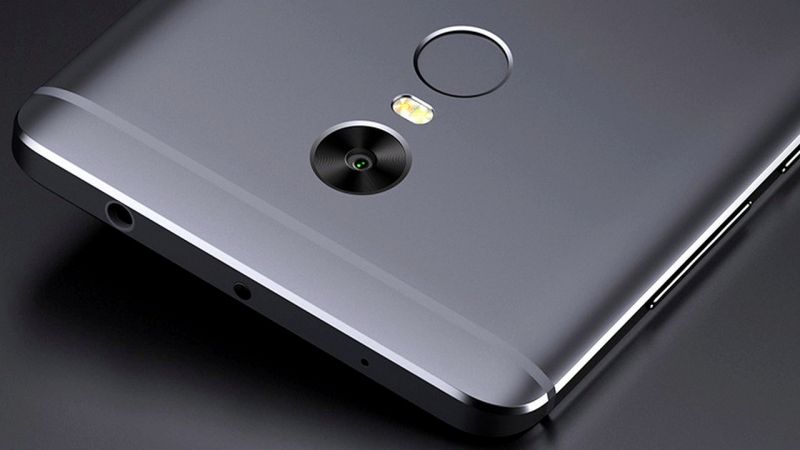 Xiaomi Redmi Note 4 sold in China. Check out the difference.
Xiaomi Redmi Note 4 sold in China. Check out the difference.
As for the Chinese variant of the RN4, the device has some noticeable design differences. While the Chinese variant has a larger, flat band separating the metal and top/bottom plastic rear panels, the Indian one has a chrome-finished chamfered edge to it. Also, the rear panel is curved and is a single-piece design, unlike the one on the RN4 in China. The Chinese version also gets chamfered edges on the front and rear of the metal frame, which isn't the case on the Indian variant. There is a marginal (almost unnoticeable) difference between the two country variant’s earpiece too. The Chinese RN4 has a slightly larger opening than the Indian variant, which is a little spaced out and pushes the sensor and front camera little further apart. Lastly, the IR emitter on the top is also pushed to the right side, unlike the Chinese RN4 which has it in the centre. (see top and bottom images)
On the performance front, the Xiaomi Redmi Note 4 will not disappoint you. I have been using this as a daily driver, primary handset for almost three weeks now and found 'almost' zero flaws with regards to usage. The user interface is smooth and multi-tasking is a breeze — thanks to the snappy SD625 and 4GB RAM, one can keep numerous applications running in the background without any worries. The RN4 is great for those who travel a lot — the battery life on the device is definitely impressive, and in the weeks that I have used it, I have never ran to the charger until I hit the bed late at night, with still enough charge to last till the morning. Being pretty much busy with my work life, I am usually flooded with emails and WhatsApp messages, calls and online researches during the day and social networking and YouTube surfing during the night, the RN4 was always alive and never once gave up on me. As for gaming, the RN4 is good enough for almost all games out there. From casual to processor-heavy gaming, you are sure to be entertained.
Speaking on entertainment, the display on the RN4 is sufficiently large for movies and games, as well as causal online work. The display is crisp and bright with a good sunlight visibility. The touchscreen is snappy, accurate, although there were a few occasions when I found the touch sensitivity a tad unresponsive. For example, hitting an app icon when I need it or making sure that image area (in camera mode) that needs to be focussed, required a little more pressure than normal.
The single mono down-facing speaker is pretty loud and good enough for regular videos and sounds. However, if you want to enjoy better audio while watching a movie or playing some music, you'd better use a good headphone.
On the photography front, Xiaomi has been working harder than before with the RN4’s camera, stated by the company. The images captured are above average and shows good amount of details along with a nice balance of brightness, contrast and sharpness. Colours are well defined and are almost true-to-life when viewed on the screen on the PC. HDR mode does a pretty good job, however it fails heavily when shooting in low-light environments — the camera captures a few milliseconds after the shutter button is pressed. Images in broad daylight are excellent, however, brightly lit areas in the background get washed out.
To conclude, Xiaomi needs to work a little more on the camera. A faster focus mechanism, improvement on the sharpness/details on the images, a focus lock, additional downloadable modes for the camera, and a few more. However, the overall photos are pretty good and you won’t complain for sure. For the price offering of the device, Xiaomi does cater well.
Xiaomi seems to have worked well on the camera, at least in comparison with the RN3; however, there are still a few areas that they need to address. Firstly, the focussing is not as efficient — when focussing on a closer, tiny subject, it is almost difficult to get the exact point you touch on to focus completely — the camera keeps focussing on the surrounding areas instead; probably because it cannot focus well or because the area of focus is too little. Another issue that relates to the touchscreen, as mentioned earlier, is the lower sensitivity that needs you to touch the screen a little harder than usual (at times) to help the camera focus on the required spot. Although the touchscreen issues do not occur every time, we did spot the issues when using the camera app, especially during HDR capture. However, it's too soon to decide as we were using test devices with a beta firmware. The final version should have these issues addressed for sure.
To sum up the whole, we must say we had a good experience using the device while we had it for almost three weeks. The Redmi Note 4 is definitely a worthy smartphone to use as your daily driver; and at the offer price, the handset does place itself high in the most recommended smartphone list. The Xiaomi Redmi Note 4 2GB/ 32GB is priced at Rs 9,999, while the 3GB/32GB version will retail for Rs 10,999 and the 4GB/64GB version will cost you Rs 12,999. We would definitely advise opting for a 4GB/64GB version since it is the best choice if you are looking for a smartphone that will last you for another two years at least. The Note 4 will be available in gold, silver and black variants.
The Redmi Note 4 comes preinstalled with the company’s own MIUI operating system based on Android Marshmallow, which the company has confirmed to update to Android Nougat within the oncoming weeks. The Xiaomi Mi 5 was one of the first handsets to receive the Nougat update and it did a few days ago.
Also read: Xiaomi Mi 5 gets Android Nougat update in India
To know more about the Android Nougat update for Redmi Note 4 Qualcomm edition (India), or if you are impatient enough to get the beta update flashed earlier than the final release, click here.
Also Read: Hugo Barra announces exit from Xiaomi, proceeds to Silicon Valley


